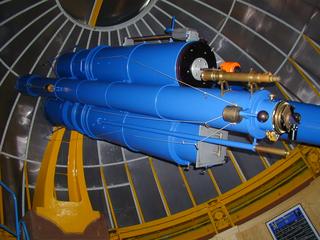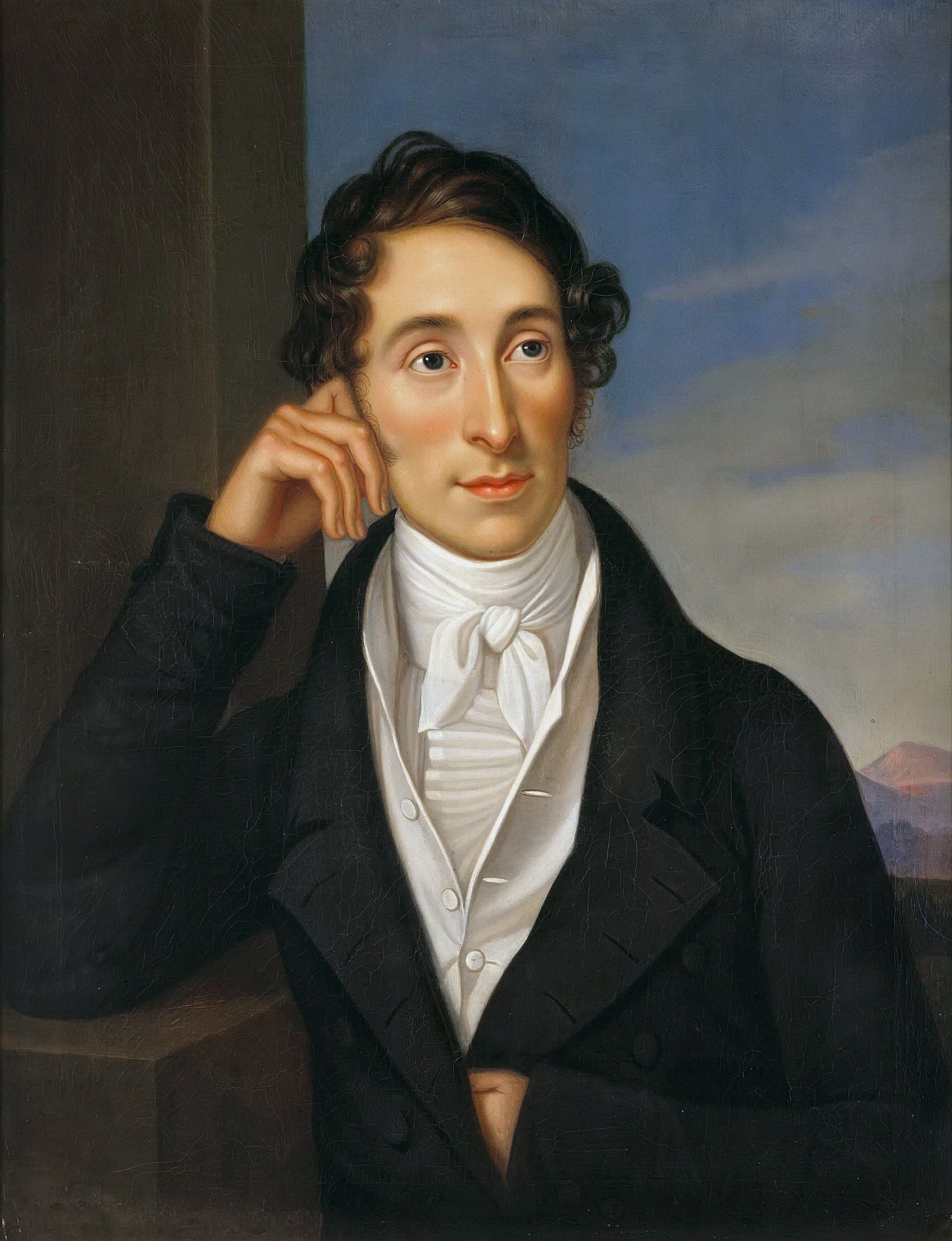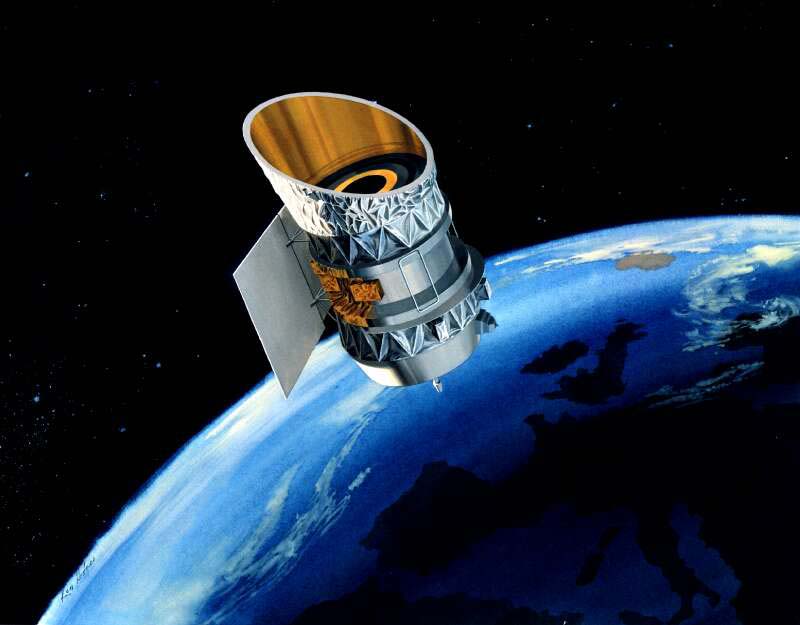|
528 Rezia
528 Rezia is a minor planet orbiting the Sun. It was discovered by Max Wolf on March 20, 1904. It is named for a character in the 1826 opera '' Oberon'' by Carl Maria von Weber.Photographic Observations of Asteroids ''Astronomische Nachrichten'', volume 190, Issue 3, p.55 (1911) Among the 248 discoveries by Wolf, he also discovered 527 Euryanthe and 529 Preziosa on the same day. The mostly likely source for the name of the asteroid is the character Rezia in Carl Maria von Weber's opera '' [...More Info...] [...Related Items...] OR: [Wikipedia] [Google] [Baidu] |
Max Wolf
Maximilian Franz Joseph Cornelius Wolf (21 June 1863 – 3 October 1932) was a German astronomer and a pioneer in the field of astrophotography. He was the chairman of astronomy at the University of Heidelberg and director of the Heidelberg-Königstuhl State Observatory from 1902 until his death in 1932. Early life Max Wolf was born in Heidelberg, Germany on 21 June 1863, the son of medical doctor Franz Wolf. His father encouraged an interest in science and built an observatory for his son in the garden of the family home. It is from here that Wolf was credited with his first astronomical discovery, comet 14P/Wolf, in 1884. Life at the university Wolf attended his local university and, in 1888, at the age of 25, was awarded a Ph.D. by the University of Heidelberg. He spent one year of post-graduate study in Stockholm, the only significant time he would spend outside of Heidelberg in his life. He returned to the University of Heidelberg and accepted the position of ''pri ... [...More Info...] [...Related Items...] OR: [Wikipedia] [Google] [Baidu] |
Carl Maria Von Weber
Carl Maria Friedrich Ernst von Weber (18 or 19 November 17865 June 1826) was a German composer, conductor, virtuoso pianist, guitarist, and critic who was one of the first significant composers of the Romantic era. Best known for his operas, he was a crucial figure in the development of German ''Romantische Oper'' (German Romantic opera). Throughout his youth, his father, , relentlessly moved the family between Hamburg, Salzburg, Freiberg, Augsburg and Vienna. Consequently he studied with many teachers – his father, Johann Peter Heuschkel, Michael Haydn, Giovanni Valesi, Johann Nepomuk Kalcher and Georg Joseph Vogler – under whose supervision he composed four operas, none of which survive complete. He had a modest output of non-operatic music, which includes two symphonies; a viola concerto; bassoon concerti; piano pieces such as Konzertstück in F minor and '' Invitation to the Dance''; and many pieces that featured the clarinet, usually written for the virtuoso c ... [...More Info...] [...Related Items...] OR: [Wikipedia] [Google] [Baidu] |
Discoveries By Max Wolf
Discoveries may refer to: Music * Discoveries (Cannonball Adderley album), ''Discoveries'' (Cannonball Adderley album), 1955 * Discoveries (Josh Nelson album), ''Discoveries'' (Josh Nelson album), 2011 * Discoveries (Northlane album), ''Discoveries'' (Northlane album), 2011 Other uses * Discoveries (film), ''Discoveries'' (film), a 1939 British film * Discoveries (horse), a racehorse * Discoveries (Robertson Davies), ''Discoveries'' (Robertson Davies), a 2002 book by Robertson Davies * Discoveries (TV series), ''Discoveries'' (TV series), a Canadian youth science television series which aired on CBC Television in 1957 * ''Abrams Discoveries'', a series of illustrated non-fiction books published by Harry N. Abrams * ''Discoveries'', a work by William Butler Yeats, written in 1907 * ''Discoveries'', a magazine published by Cedars-Sinai Medical Center See also * Age of Discoveries * Discovery (other) * Explorations (other) {{disambiguation ... [...More Info...] [...Related Items...] OR: [Wikipedia] [Google] [Baidu] |
Cybele Asteroids
The Cybele asteroids (also known as the "Cybeles") are a dynamical group of asteroids, named after the asteroid 65 Cybele. Considered by some as the last outpost of an extended asteroid belt, the group consists of just over 2000 members and a few collisional families. The Cybeles are in a 7:4 orbital resonance with Jupiter. Their orbit is defined by an osculating semi-major axis of 3.28 to 3.70 AU, with an eccentricity of less than 0.3, and an inclination less than 25°. The dynamical Cybele group is located adjacent to the outermost asteroid belt, beyond the Hecuba gap – the 2:1 resonant zone with Jupiter, where the Griqua asteroids are located – and inside the orbital region of the Hilda asteroids (3:2 resonance), which are themselves followed by the Jupiter trojans (1:1 resonance) further out. Description Three known asteroid families exist within the Cybele group: the Sylvia family (603), the Huberta family and the Ulla family (903). A potential fourth fami ... [...More Info...] [...Related Items...] OR: [Wikipedia] [Google] [Baidu] |
C-type Asteroid
C-type (carbonaceous) asteroids are the most common variety, forming around 75% of known asteroids. They are volatile-rich and distinguished by a very low albedo because their composition includes a large amount of carbon, in addition to rocks and minerals. Their density averages at about . They occur most frequently at the outer edge of the asteroid belt, 3.5 astronomical units (AU) from the Sun, where 80% of the asteroids are of this type, whereas only 40% of asteroids at 2 AU from the Sun are C-type. The proportion of C-types may actually be greater than this, because C-types are much darker (and therefore less detectable) than most other asteroid types except for D-types and others that are mostly at the extreme outer edge of the asteroid belt. Characteristics Asteroids of this class have spectra very similar to those of carbonaceous chondrite meteorites (types CI and CM). The latter are very close in chemical composition to the Sun and the primitive solar nebula minus h ... [...More Info...] [...Related Items...] OR: [Wikipedia] [Google] [Baidu] |
Albedo
Albedo (; ) is the measure of the diffuse reflection of sunlight, solar radiation out of the total solar radiation and measured on a scale from 0, corresponding to a black body that absorbs all incident radiation, to 1, corresponding to a body that reflects all incident radiation. Surface albedo is defined as the ratio of Radiosity (radiometry), radiosity ''J''e to the irradiance ''E''e (flux per unit area) received by a surface. The proportion reflected is not only determined by properties of the surface itself, but also by the spectral and angular distribution of solar radiation reaching the Earth's surface. These factors vary with atmospheric composition, geographic location, and time (see position of the Sun). While bi-hemispherical reflectance is calculated for a single angle of incidence (i.e., for a given position of the Sun), albedo is the directional integration of reflectance over all solar angles in a given period. The temporal resolution may range from seconds (as ob ... [...More Info...] [...Related Items...] OR: [Wikipedia] [Google] [Baidu] |
IRAS
The Infrared Astronomical Satellite (Dutch: ''Infrarood Astronomische Satelliet'') (IRAS) was the first space telescope to perform a survey of the entire night sky at infrared wavelengths. Launched on 25 January 1983, its mission lasted ten months. The telescope was a joint project of the United States (NASA), the Netherlands ( NIVR), and the United Kingdom ( SERC). Over 250,000 infrared sources were observed at 12, 25, 60, and 100 micrometer wavelengths. Support for the processing and analysis of data from IRAS was contributed from the Infrared Processing and Analysis Center at the California Institute of Technology. Currently, the Infrared Science Archive at IPAC holds the IRAS archive. The success of IRAS led to interest in the 1985 Infrared Telescope (IRT) mission on the Space Shuttle, and the planned Shuttle Infrared Telescope Facility which eventually transformed into the Space Infrared Telescope Facility, SIRTF, which in turn was developed into the Spitzer Space ... [...More Info...] [...Related Items...] OR: [Wikipedia] [Google] [Baidu] |
August Kopff
August Kopff (February 5, 1882 – April 25, 1960) was a German astronomer and discoverer of several comets and asteroids. Kopff studied and worked in Heidelberg, getting his PhD there in 1906 and he then joined the Humboldt University of Berlin where he became the Director of the Institute for Astronomical Calculation. He discovered some comets, including periodic comet 22P/Kopff and the non-periodic C/1906 E1. He discovered a number of asteroids, including notably the Trojan asteroids 617 Patroclus and 624 Hektor 624 Hektor is the largest Jupiter trojan and the namesake of the Hektor family, with a highly elongated shape equivalent in volume to a sphere of approximately 225 to 250 kilometers diameter. It was discovered on 10 February 1907, by astronomer .... The lunar crater '' Kopff'' is named after him, as is the asteroid 1631 Kopff. Minor planet 805 Hormuthia is named after his wife, Hormuth. List of discovered minor planets References {{DEFAULTSOR ... [...More Info...] [...Related Items...] OR: [Wikipedia] [Google] [Baidu] |
529 Preziosa
529 Preziosa is a minor planet orbiting the Sun that was discovered by German astronomer Max Wolf on 20 March 1904 from Heidelberg. This is a member of the dynamic Eos family of asteroids that were probably formed as the result of a collisional breakup of a parent body. The name is that of the protagonist of one of Miguel de Cervantes's Exemplary Novels. It is possible, since this was a period when Wolf habitually named his comets after operatic heroines, that he specifically had in mind the Preziosa in the eponymous opera by Antonio Smareglia Antonio Smareglia (5 May 1854 – 15 April 1929) was an Italian opera composer. Life Antonio Smareglia was born in Pola (in the Istrian peninsula, under the Austria-Hungarian Empire, now in Croatia). In the house where he was born in Via Nettuno .... References External links * * 000529 Discoveries by Max Wolf Named minor planets 529 Preziosa 000529 19040320 {{Beltasteroid-stub ... [...More Info...] [...Related Items...] OR: [Wikipedia] [Google] [Baidu] |
527 Euryanthe
527 Euryanthe is a minor planet orbiting the Sun. It was discovered in 1904 by Max Wolf and named after the heroine of the opera ''Euryanthe'' by the German composer Carl Maria von Weber. References External links * * Background asteroids Euryanthe Euryanthe ''Euryanthe'' ( J. 291, Op. 81) is a German grand heroic-romantic opera by Carl Maria von Weber, first performed at the Theater am Kärntnertor in Vienna on 25 October 1823.Brown, p. 88 Though acknowledged as one of Weber's most important operas, ... Cb-type asteroids (SMASS) 19040320 {{Beltasteroid-stub ... [...More Info...] [...Related Items...] OR: [Wikipedia] [Google] [Baidu] |
Oberon (Weber)
''Oberon, or The Elf-King's Oath'' ( J. 306) is a 3-act romantic opera with spoken dialogue composed in 1825–26 by Carl Maria von Weber. The only English opera ever set by Weber, the libretto by James Robinson Planché was based on the German poem ''Oberon'' by Christoph Martin Wieland, which itself was based on the epic romance ''Huon de Bordeaux'', a French medieval tale. It was premiered in London on 12 April 1826. Against his doctor's advice, Weber undertook the project commissioned by the actor-impresario Charles Kemble for financial reasons. Having been offered the choice of Faust or Oberon as subject matter, he travelled to London to complete the music, learning English to be better able to follow the libretto, before the premiere of the opera. However, the pressure of rehearsals, social engagements and composing extra numbers destroyed his health, and Weber died in London on 5 June 1826. Performance history First performed at Covent Garden, London, on 12 April 1826, ... [...More Info...] [...Related Items...] OR: [Wikipedia] [Google] [Baidu] |
Heidelberg
Heidelberg (; Palatine German language, Palatine German: ''Heidlberg'') is a city in the States of Germany, German state of Baden-Württemberg, situated on the river Neckar in south-west Germany. As of the 2016 census, its population was 159,914, of which roughly a quarter consisted of students. Located about south of Frankfurt, Heidelberg is the List of cities in Baden-Württemberg by population, fifth-largest city in Baden-Württemberg. Heidelberg is part of the densely populated Rhine-Neckar, Rhine-Neckar Metropolitan Region. Heidelberg University, founded in 1386, is Germany's oldest and one of Europe's most reputable universities. Heidelberg is a Science, scientific hub in Germany and home to several internationally renowned #Research, research facilities adjacent to its university, including the European Molecular Biology Laboratory and four Max Planck Society, Max Planck Institutes. The city has also been a hub for the arts, especially literature, throughout the centurie ... [...More Info...] [...Related Items...] OR: [Wikipedia] [Google] [Baidu] |




